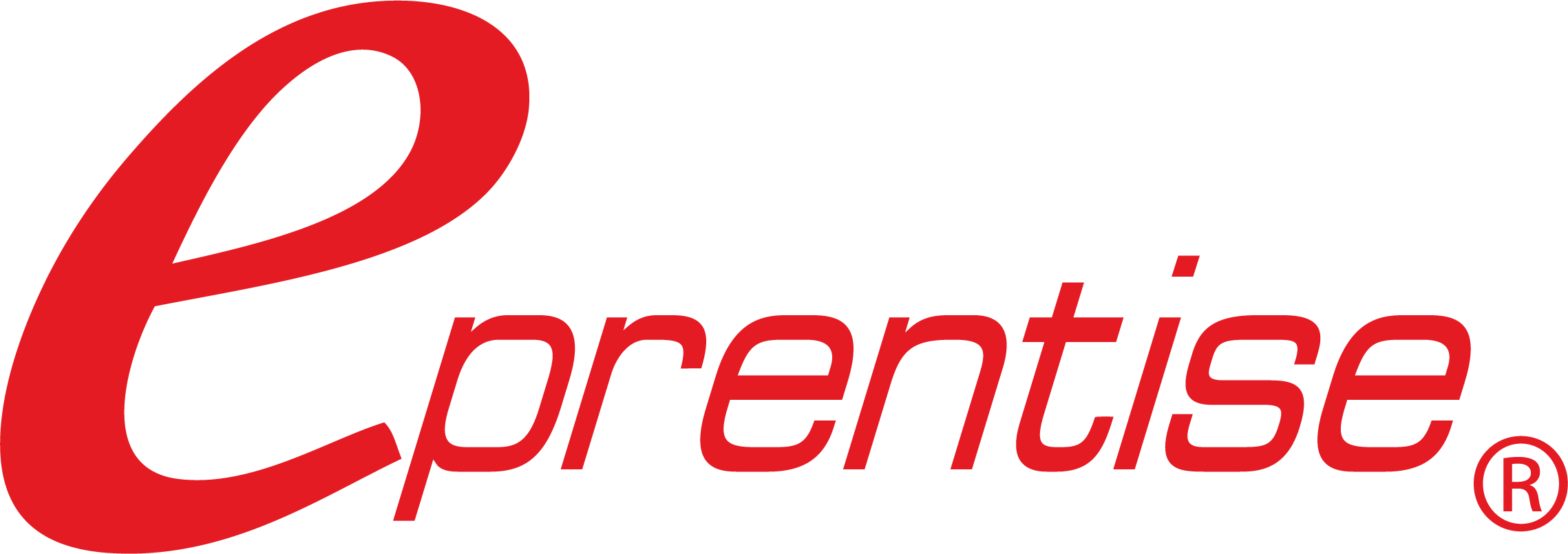Companies evolve. While everyone’s story is unique—growth from regional to national or international, mergers and acquisitions, diversification of business lines and product offerings, and disparate regulatory environments—many of these business and regulatory drivers lead companies to have disparate data and localized operations. Whatever the cause, these fragmented environments can inhibit business agility and stunt performance in an increasingly globalized world. The ability to share information has become a type of modern capital that enables companies to compete more effectively. While the roadmap to synergy is not easy and involves many moving pieces, companies can find success by focusing on visibility and implementing strategic leadership practices.
Focusing on Visibility
Visibility into the ERP system is an absolute necessity to accurately gauge the state of your business and map future trajectories. You cannot know how to get somewhere if you do not know where you are; persistence without insight will not lead anywhere. To gain accurate insight, organizations must have global standards for business operations and processes. The first task is to agree on a definition of those standards and determine common definitions., Once standards and definitions are in place, you can begin to plan the transformation of data and operations.
Transforming data and operations to achieve a comprehensive global vision can be an intimidating goal. An effective strategy is to first identify and execute tasks which can be achieved quickly and with few resources, but still yield significant gains. One such project would be moving to a global chart of accounts. Moving to a single global chart of accounts only takes a few weeks (with FlexField® software) and can better facilitate business decisions, reduce the cost of operations, and, most importantly, enable seamless transaction recoding across all parts of the organization. This is an easy step allowing companies to conduct their global business transparently.
Once complete, consistent, and correct data is available it becomes possible to identify redundant or irregular processes and data that have high resource costs. This visibility allows businesses to identify problem areas, reduce costs, and leverage opportunities across the enterprise. (The C Collection® is a new line of analytics software designed to do just that.)
Strategic Leadership Practices
Caius Petronius Arbiter, an administrator at the time of Emperor Nero, who wrote c.60 AD, said, “We tend to meet any new situation by reorganizing, and a wonderful method it can be for creating the illusion of progress while producing confusion, inefficiency, and demoralization.”
Achieving cohesive functionality requires more than streamlining data and operations. Stakeholders and employees alike need to be engaged and motivated to work towards the common goals. This engagement requires strategic leadership and a “benevolent dictator” who has the authority to enforce group decisions and practices even though the decisions may impact or limit the perceived control of individual departments. People will alter their mind-sets only if they see the point of the change and agree with it. The leadership team needs to define a clear strategy and a set of enterprise objectives to achieve, a vision, a picture of what the change will lead to and what benefits will accrue. The leadership team must take the time to develop the vision, the overall purpose of the globalization effort, and each person’s individual roles in achieving the target. The leadership team must explain the vision and what makes it worth undertaking to all of the people involved in making the change happen. The leadership team needs to set targets, measure performance, and provide financial and non-financial rewards to reinforce changes. Effective leadership is without a doubt the main driver on the road to synergy.






